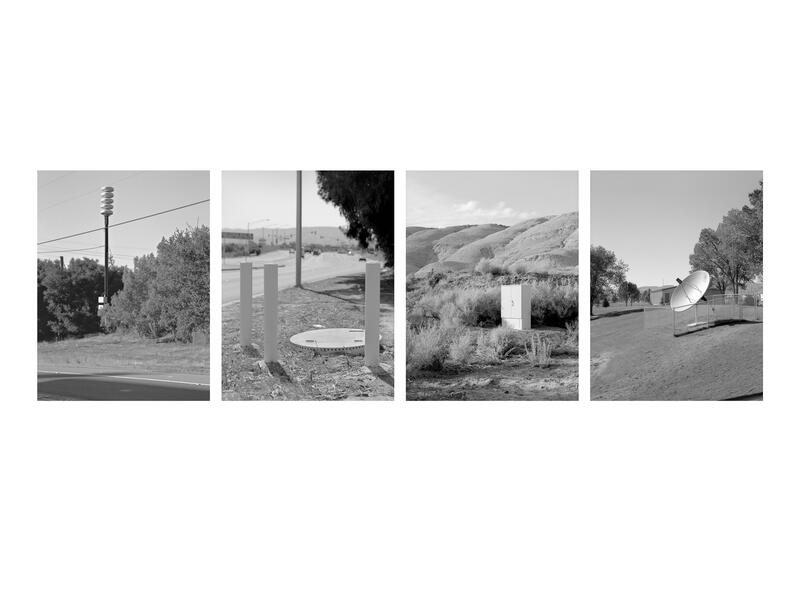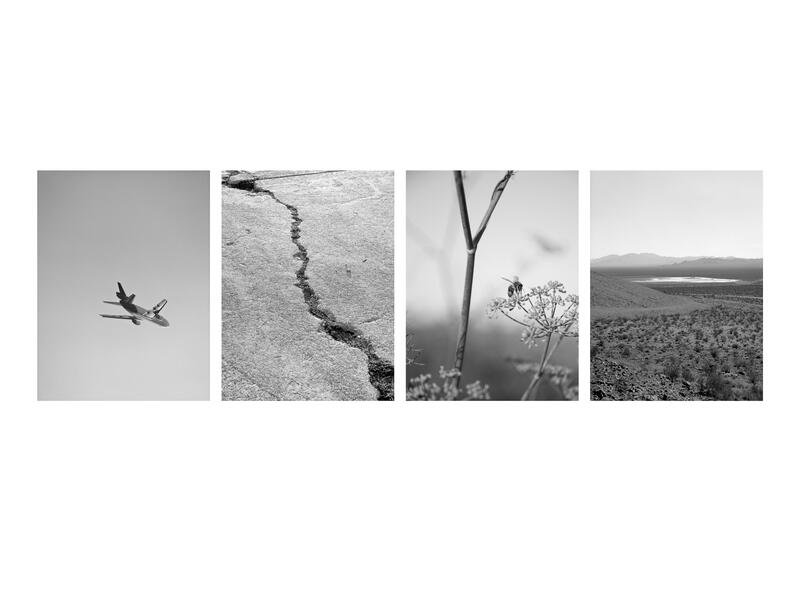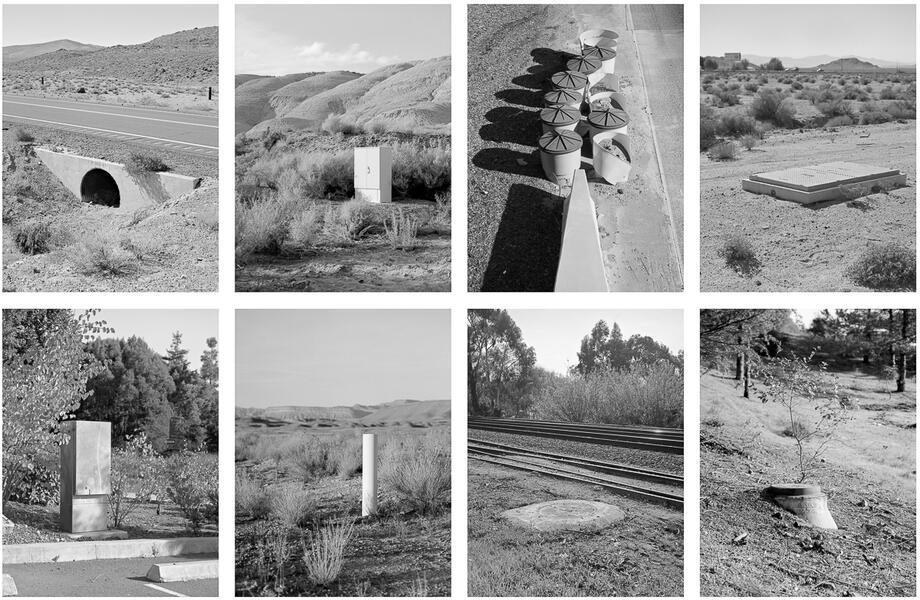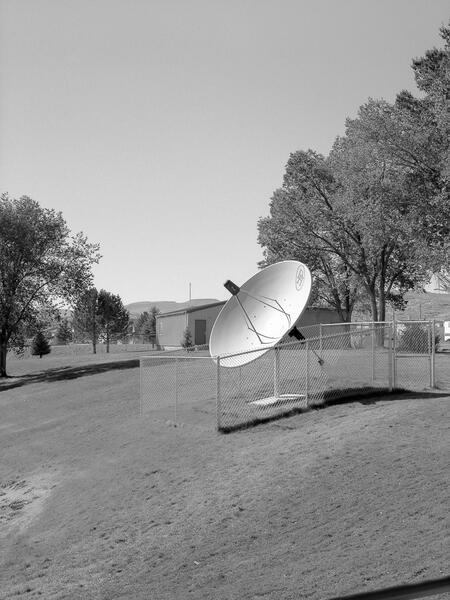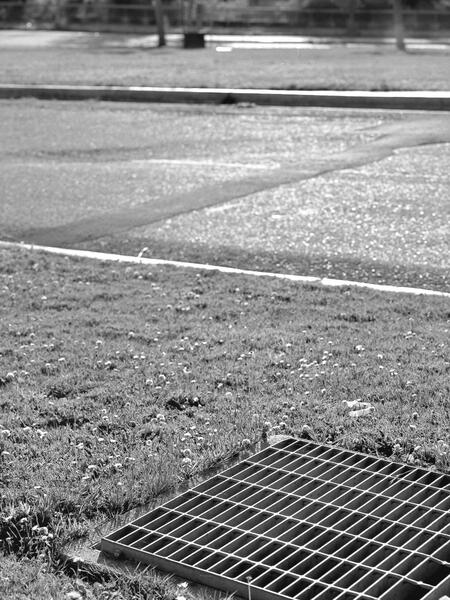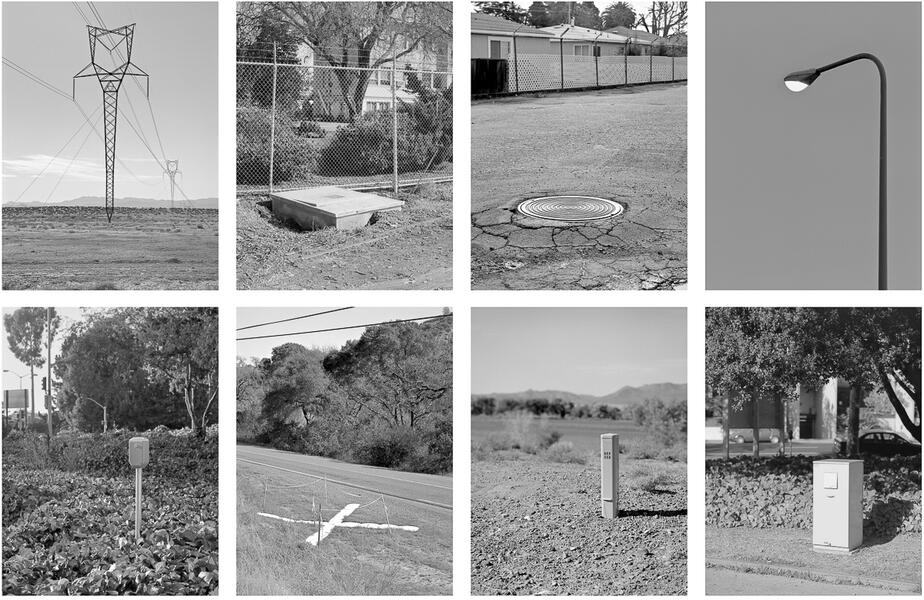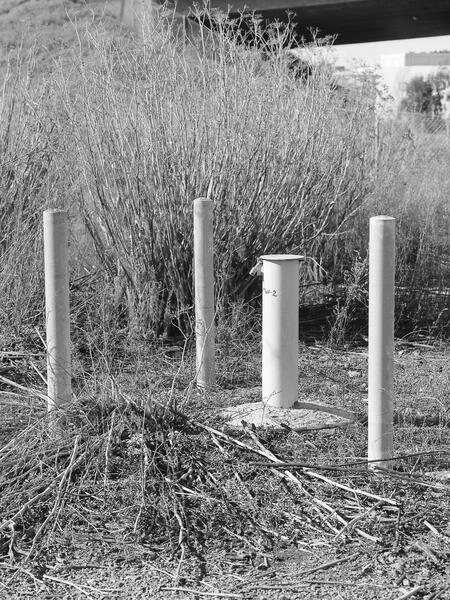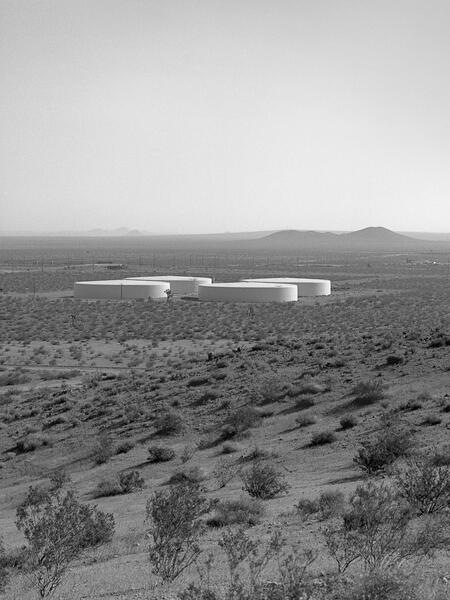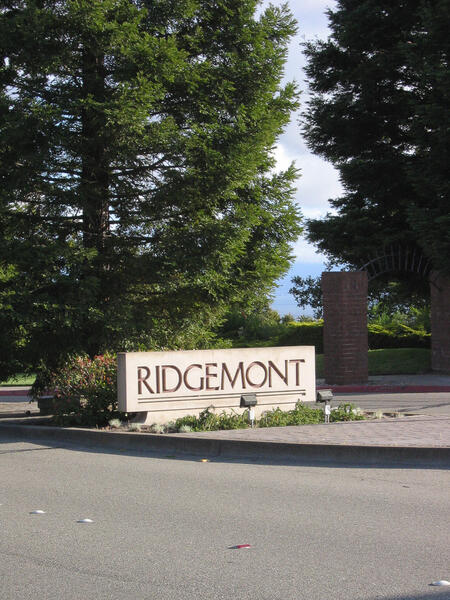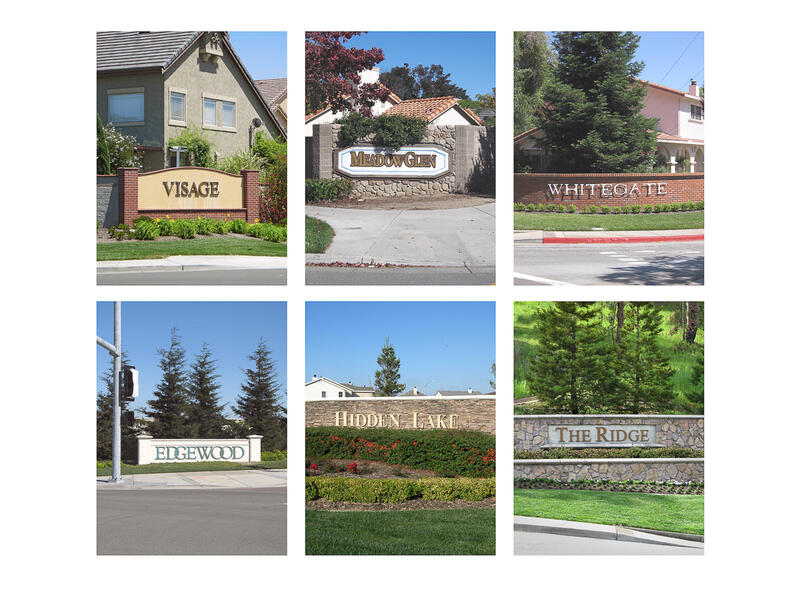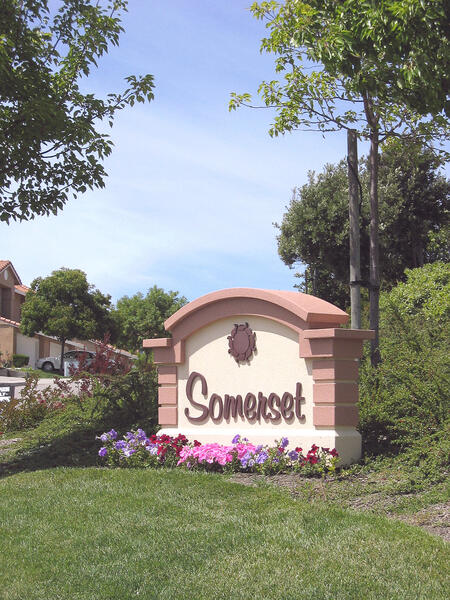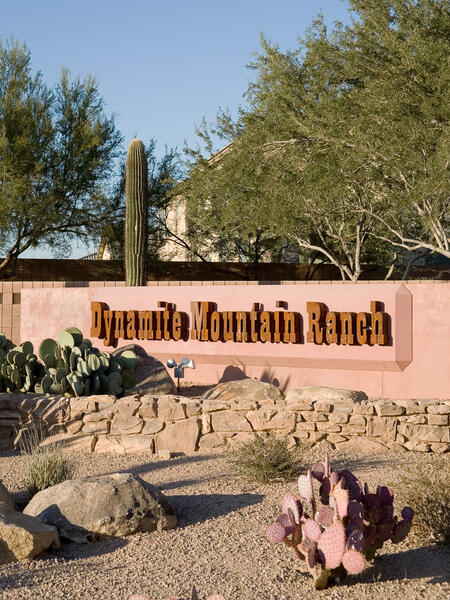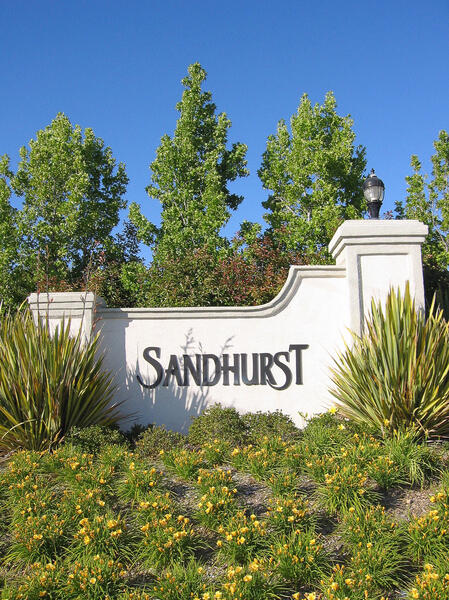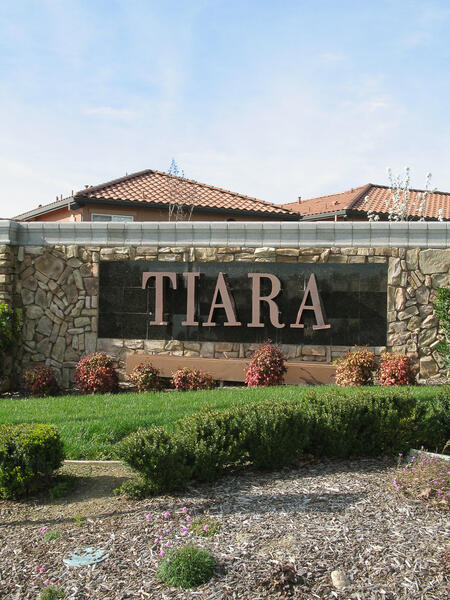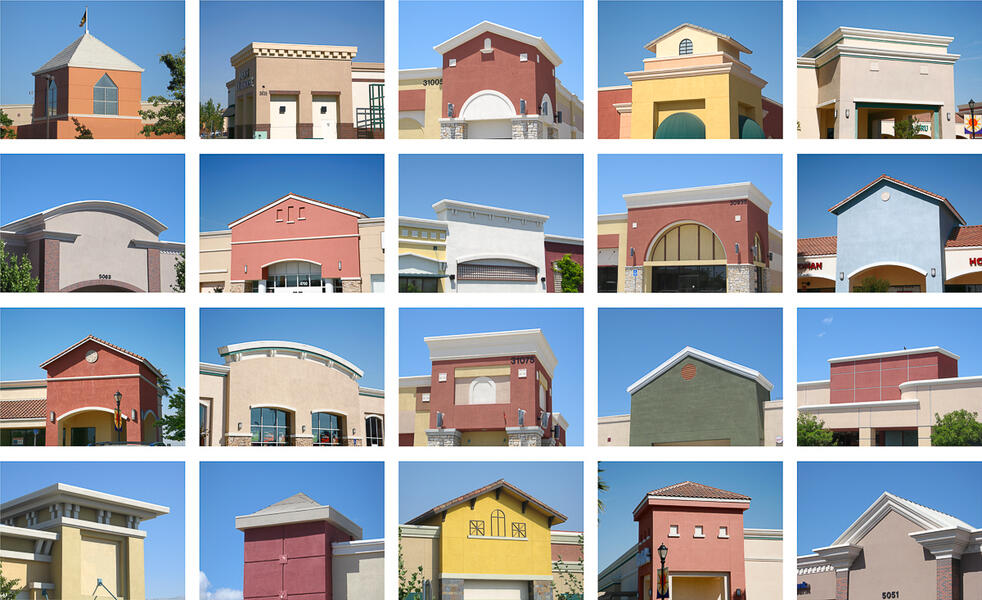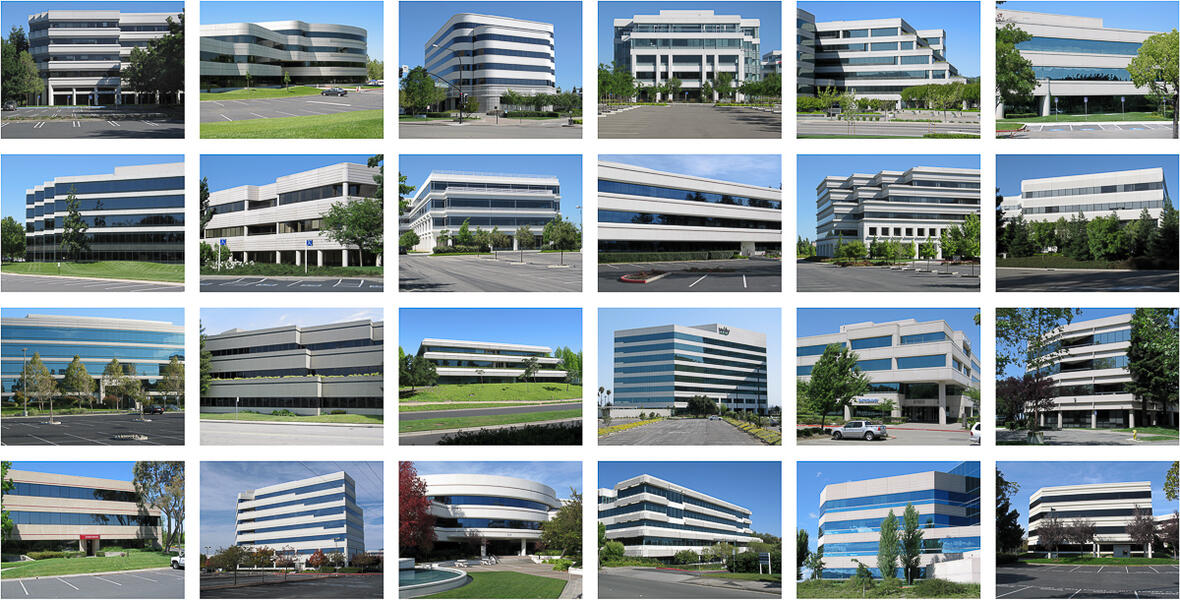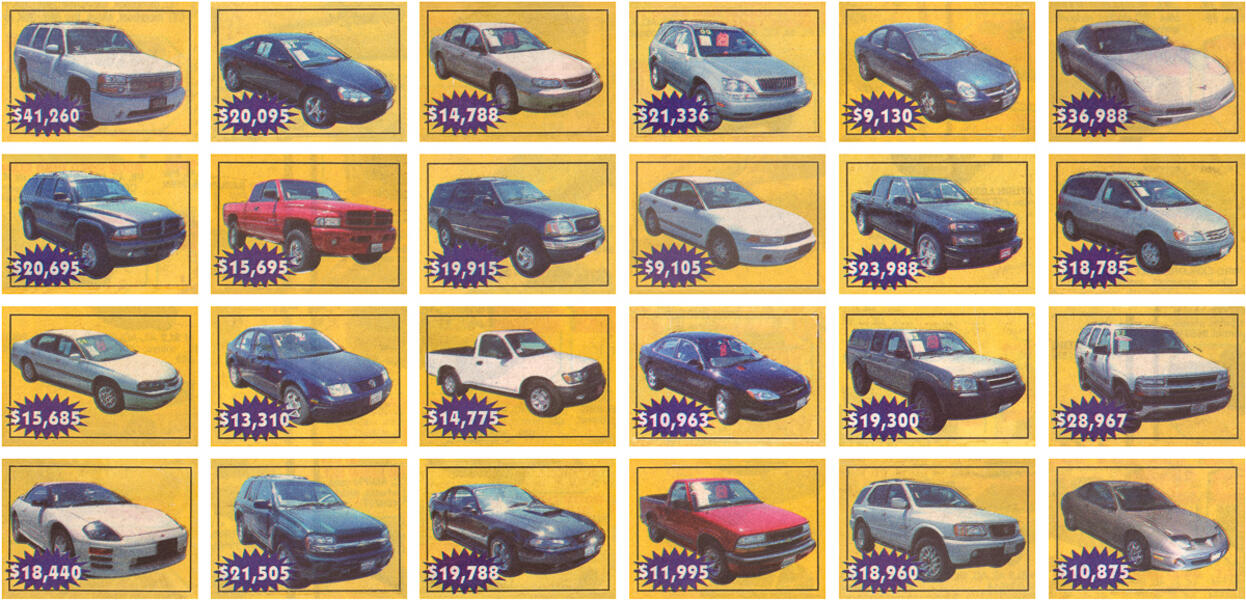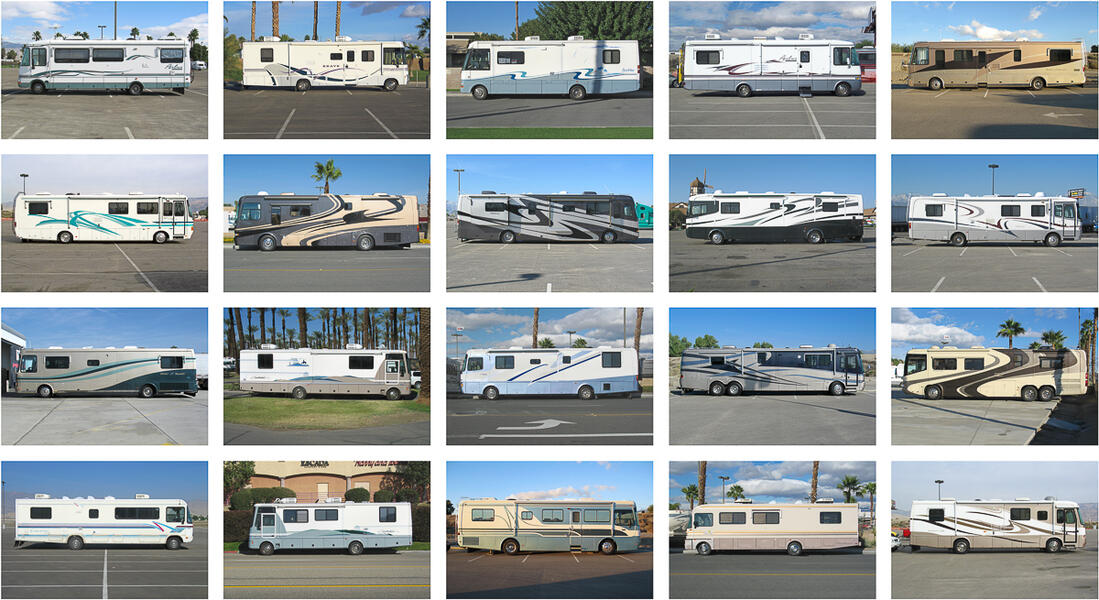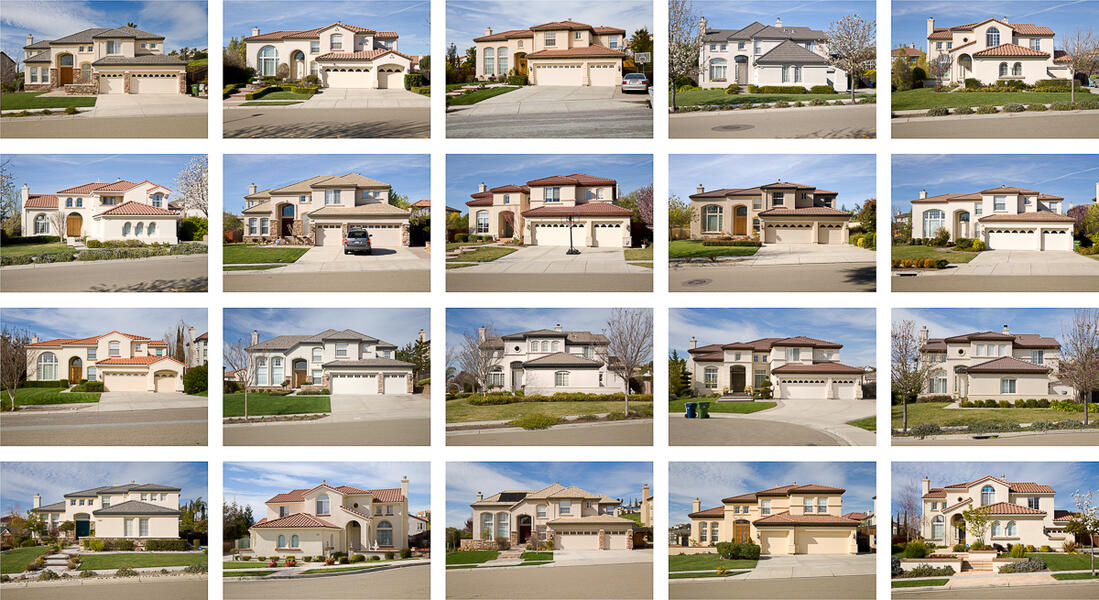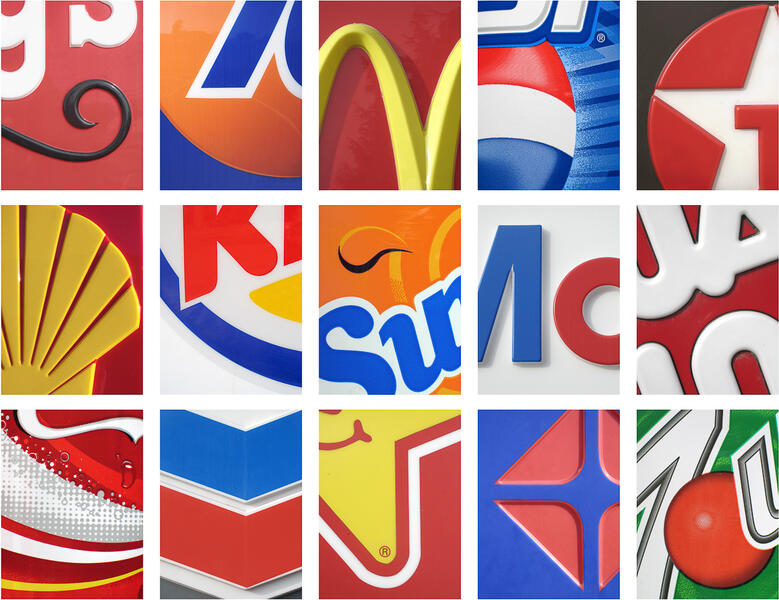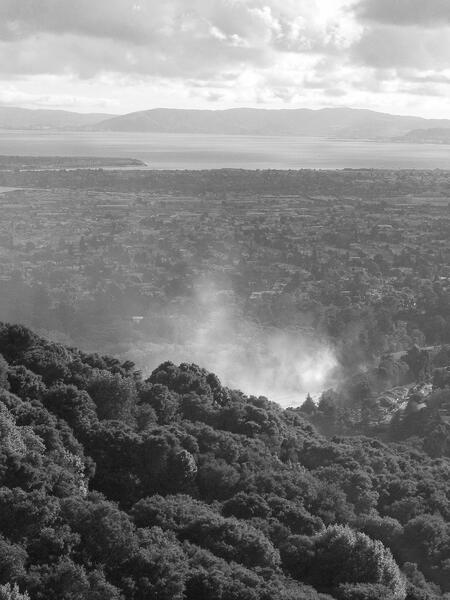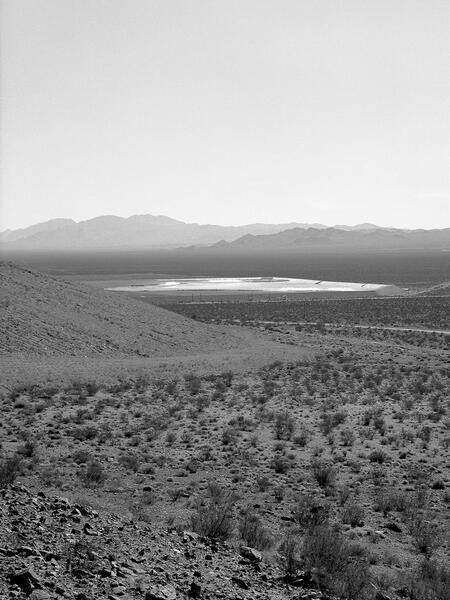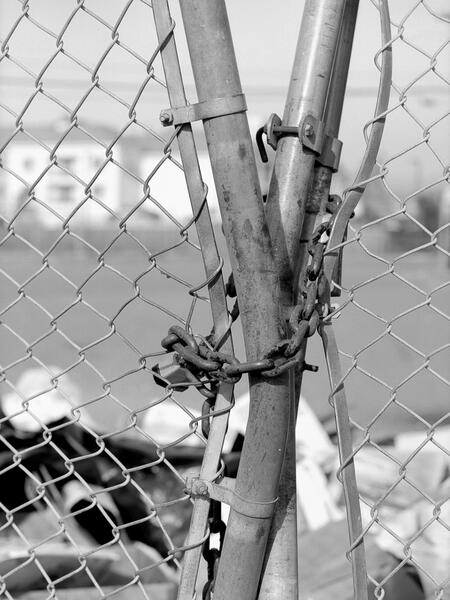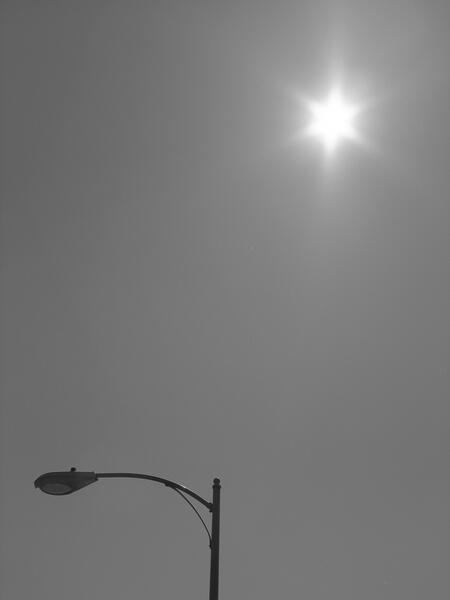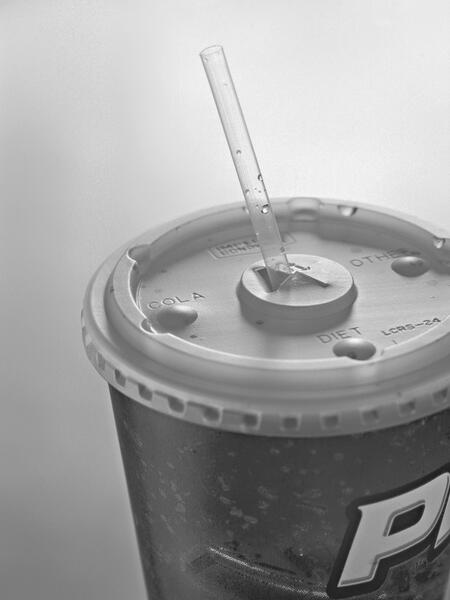Work samples
About Mark
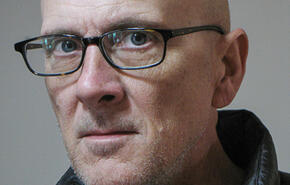
I am a Baltimore-based photographer whose work has been exhibited at the Oakland Museum of California, SF Camerawork, the SFMOMA Artist Gallery, 3A Garage: Architecture, and the University of Nevada Reno's Exit Gallery, and published in Arc Ca, Architecture, Dwell, Photo Metro, and Photo News.
Hypothetical Passerby unites work from ongoing digital projects begun in 2006:
• My first digital project,… more
Jump to a project:
40 Monuments to Progress
This work began as an examination of that unintended sculptural expression of our need for bandwidth everywhere, the cell phone tower. While many cell phone users are surely comforted by the sight of a new cell phone tower by the side of the road, to me they are quite menacing in their visual attitude.
My attention focussed on the visual noise of infrastructure, I soon found many other subjects possessing a sculptural presence that could be captured in photographs. I began seeing poles, boxes, pedestals, mysterious little monoliths and manholes everywhere: along streets and highways, in parks and playgrounds, in parking lots, etc., usually just outside the margins of the visual field intended for us as passersby on foot or in a car.
In them I found rich formal variety and subtlety, and distinct character- sometimes humorous, sometimes foreboding- revealed in their photographs. Many are characterized by a sort of conflicted awkwardness resulting from the contradictory ways they must inhabit the landscape and serve their purposes: they must blend into the landscape discreetly while still being accessible and provide access while still being secure against vandals, the elements, and unauthorized use.
Many of these subjects do bear a strong resemblance to actual monuments like roadside historical markers or gravestones, and as a group, they establish a formal vocabulary (repetition of forms and materials, heirarchies of scale and complexity, etc.) as varied and specific as that of actual monuments. And while those actual monuments are typically the sculptural expression of some tribute, remembrance, or commemoration, my monuments, as the physical evidence of their functions, are, intended or not, sculptural expressions of those functions, and what I choose to see as monuments to them. While these monuments might symbolize to me a progress I am at best stoic about, for many these objects and their proliferation might themselves personify progress, be, in a sense, a kind of currency of progress. ‘Progress’ is for me a relevant and effective common conceptual denominator for this work, and a concept open-ended enough to both transmit and receive irony.
Additional images from this series can be viewed at:
https://markluthringer.portfoliobox.net/40monumentstoprogress
My attention focussed on the visual noise of infrastructure, I soon found many other subjects possessing a sculptural presence that could be captured in photographs. I began seeing poles, boxes, pedestals, mysterious little monoliths and manholes everywhere: along streets and highways, in parks and playgrounds, in parking lots, etc., usually just outside the margins of the visual field intended for us as passersby on foot or in a car.
In them I found rich formal variety and subtlety, and distinct character- sometimes humorous, sometimes foreboding- revealed in their photographs. Many are characterized by a sort of conflicted awkwardness resulting from the contradictory ways they must inhabit the landscape and serve their purposes: they must blend into the landscape discreetly while still being accessible and provide access while still being secure against vandals, the elements, and unauthorized use.
Many of these subjects do bear a strong resemblance to actual monuments like roadside historical markers or gravestones, and as a group, they establish a formal vocabulary (repetition of forms and materials, heirarchies of scale and complexity, etc.) as varied and specific as that of actual monuments. And while those actual monuments are typically the sculptural expression of some tribute, remembrance, or commemoration, my monuments, as the physical evidence of their functions, are, intended or not, sculptural expressions of those functions, and what I choose to see as monuments to them. While these monuments might symbolize to me a progress I am at best stoic about, for many these objects and their proliferation might themselves personify progress, be, in a sense, a kind of currency of progress. ‘Progress’ is for me a relevant and effective common conceptual denominator for this work, and a concept open-ended enough to both transmit and receive irony.
Additional images from this series can be viewed at:
https://markluthringer.portfoliobox.net/40monumentstoprogress
Ridgemont
Ridgemont is about our desire for a mythic lifestyle, one industry’s attempt to fulfill that desire, and what the results look like to a passerby.
The naming of places has traditionally alluded to a history of a place, or in the case of topographically derived names, a response to the details and peculiarities of a learned landscape. In the instant communities of Ridgemont, though, the name and thus the history are fabricated as part of an attempt to turn sense of place into product for consumption by homebuyers. The public symbols of places we are being asked to imagine, these signs are the only way that the notion of ‘Ridgemont’ as a place is established for the rest of us.
Additional images from the series are viewable at: https://markluthringer.portfoliobox.net/ridgemonttypologies-u230
The naming of places has traditionally alluded to a history of a place, or in the case of topographically derived names, a response to the details and peculiarities of a learned landscape. In the instant communities of Ridgemont, though, the name and thus the history are fabricated as part of an attempt to turn sense of place into product for consumption by homebuyers. The public symbols of places we are being asked to imagine, these signs are the only way that the notion of ‘Ridgemont’ as a place is established for the rest of us.
Additional images from the series are viewable at: https://markluthringer.portfoliobox.net/ridgemonttypologies-u230
Ridgemont Typologies
The typological array’s inherent ability to depict prevalence and repetition make it the perfect technique for examining the excess, redundancy, and meaningless freedom of our current age of consumption. Part of my intent with this work is to answer the question implied by the title of Robert Adams’s book What We Bought: If there is some kind of big sellout occuring, what are we getting in the deal?
The typological form acheives an uncanny synergy and resonance with this subject matter because it mimics the mental images I suspect many of us form as way ordering the chaos of abundance that surrounds us. We can’t help but form in our heads lists, groups and categories based on product, brand, price point, style, market segment, country of origin, etc.
To see one of these turned into a group of images lined up together can be unnerving, though, as if actually seeing it in print allows us to see it, or rather, be confronted by it, in a way never possible when it’s just in our heads. We are presented with order, and while it is often an absurd, seemingly pointless order, it is one that we recognize immediately.
Additional Images viewable at https://markluthringer.portfoliobox.net/ridgemonttypologies
Additional Images viewable at https://markluthringer.portfoliobox.net/ridgemonttypologies
Latent
Latent was an initial response to the 9/11 attacks, and one of my first works to be born with an artist statement:
An airplane can no longer be just an airplane.
When viewing my image of a plane silhouetted against the sky, we now may see many other things: a weapon in the form of a large metal projectile going 500 miles per hour, or the transformation of one of our gods, the machine, into a devil. For a split second we may even envision a building coming suddenly into the frame. We all have our own meanings for it now, but very few of them have much to do with the wonder of flight or who’s winning the Fedex/UPS battle. To see the previously only imaginable actually happen is to see that it can happen, and the new airplane is tainted with this knowledge.
But this knowledge has tainted many other subjects as well, and this series identifies what I see as some pressing examples. Unlike the airplane, though, most of these subjects still hold their new meanings hidden as a sort of stored karmic energy waiting to be released by an event or some newly emergent reality. The images are meant to anticipate their subjects’ potential to become, like the airplane, symbols of an unforeseen kind. -M.L., 2002
More images from the series are viewable at:
https://markluthringer.portfoliobox.net/latentbookconcept
An airplane can no longer be just an airplane.
When viewing my image of a plane silhouetted against the sky, we now may see many other things: a weapon in the form of a large metal projectile going 500 miles per hour, or the transformation of one of our gods, the machine, into a devil. For a split second we may even envision a building coming suddenly into the frame. We all have our own meanings for it now, but very few of them have much to do with the wonder of flight or who’s winning the Fedex/UPS battle. To see the previously only imaginable actually happen is to see that it can happen, and the new airplane is tainted with this knowledge.
But this knowledge has tainted many other subjects as well, and this series identifies what I see as some pressing examples. Unlike the airplane, though, most of these subjects still hold their new meanings hidden as a sort of stored karmic energy waiting to be released by an event or some newly emergent reality. The images are meant to anticipate their subjects’ potential to become, like the airplane, symbols of an unforeseen kind. -M.L., 2002
More images from the series are viewable at:
https://markluthringer.portfoliobox.net/latentbookconcept


